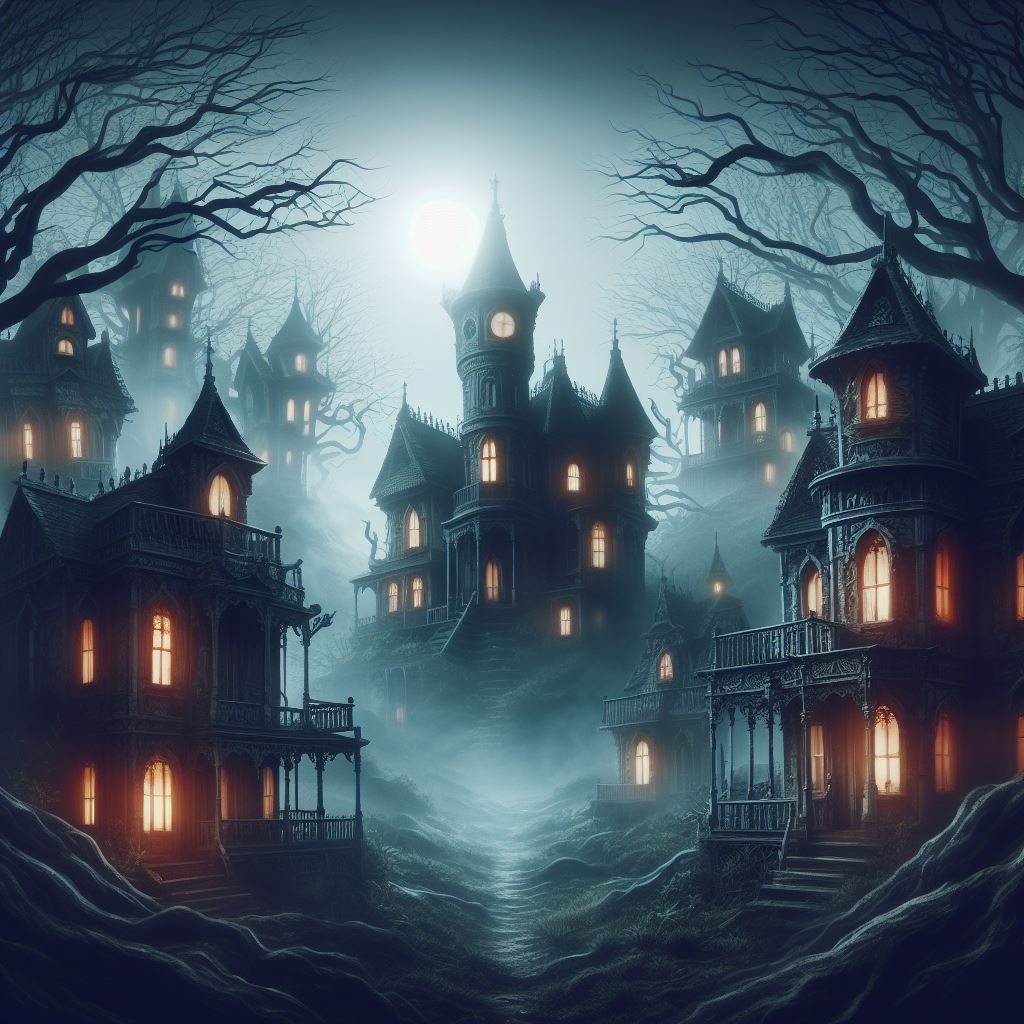The Mysteries of a Haunted House: What Lies Within?

Table of Contents Show
Haunted house have long been a source of fascination and fear for many people. The idea of a place filled with paranormal activity, ghostly apparitions, and unexplained phenomena is enough to send shivers down anyone’s spine. But what exactly would you find in a haunted house? Let’s delve into the eerie world of haunted houses and uncover the secrets that lie within.
The History of Haunted Houses
Haunted houses have a rich history that dates back centuries. In ancient times, people believed that spirits of the dead could linger in certain places, causing disturbances and frightening those who encountered them. The concept of haunted houses has been a staple in folklore and literature, with stories of haunted castles, mansions, and abandoned buildings captivating audiences for generations.
Common Elements Found in Haunted Houses
When exploring a haunted house, there are several common elements that you may encounter:
- Ghostly Apparitions: Many people report seeing ghostly figures or hearing disembodied voices in haunted houses.
- Cold Spots: Sudden drops in temperature are often associated with paranormal activity.
- Unexplained Sounds: Mysterious footsteps, whispers, and other noises are frequently heard in haunted houses.
- Moving Objects: Objects that seem to move on their own or disappear and reappear in different locations are common occurrences in haunted houses.
- Feelings of Dread: Visitors to haunted houses often report feeling a sense of unease or dread, as if they are being watched or followed.
Case Studies of Haunted Houses
There have been numerous documented cases of haunted houses around the world. One famous example is the Amityville Horror House in New York, where a family claimed to be terrorized by malevolent spirits in the 1970s. Another well-known haunted house is the Winchester Mystery House in California, which was built by Sarah Winchester, who believed that she was haunted by the spirits of those killed by Winchester rifles.
Statistics on Haunted Houses
According to a survey conducted by the National Paranormal Society, 45% of Americans believe in ghosts, and 28% claim to have had a paranormal experience. Additionally, a study by Psychology Today found that 1 in 5 people have lived in a haunted house at some point in their lives.
Exploring a Haunted House Safely
If you are brave enough to explore a haunted house, it is important to take precautions to ensure your safety:
- Bring a flashlight and extra batteries to navigate dark spaces.
- Stay with a group of people and never wander off alone.
- Respect the property, and do not vandalize or disturb anything in the haunted house.
- Be prepared for the unexpected, and keep an open mind about what you may encounter.
Conclusion
Haunted houses are mysterious and intriguing places that continue to capture our imagination. Whether you believe in the supernatural or not, exploring a haunted house can be a thrilling and unforgettable experience. Just remember to proceed with caution and respect the spirits that may dwell within.
Q&A
1. Are haunted houses real?
Yes, many people believe in the existence of haunted houses and have reported experiencing paranormal activity in them.
2. What should I do if I encounter a ghost in a haunted house?
Remain calm and try to communicate with the spirit peacefully. If you feel threatened or uncomfortable, leave the haunted house immediately.
3. Can anyone visit a haunted house?
Some haunted houses are open to the public for tours, while others may be private properties. It is important to respect the rules and regulations of the haunted house before visiting.
4. How can I tell if a house is haunted?
Look for signs such as unexplained noises, cold spots, and feelings of unease. You may also want to consult with paranormal investigators or mediums for further insight.
5. Are there any benefits to visiting a haunted house?
Visiting a haunted house can be a thrilling and eye-opening experience that may challenge your beliefs about the supernatural. It can also be a fun way to explore history and folklore.
see Also: The Rational Numbers: Understanding Which Numbers Qualify






Responses